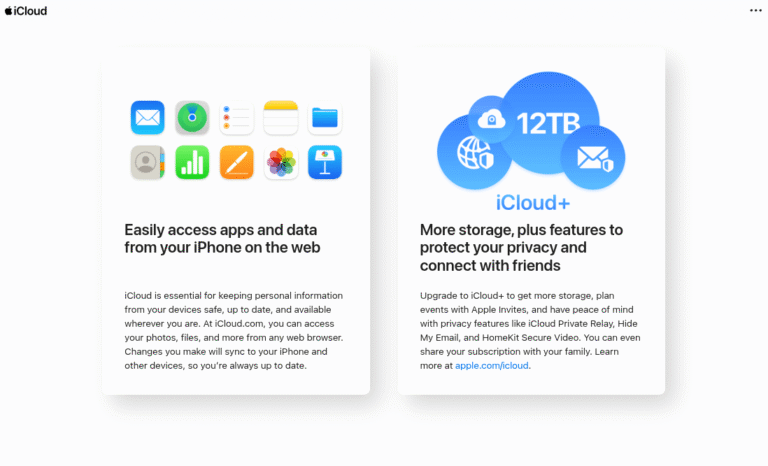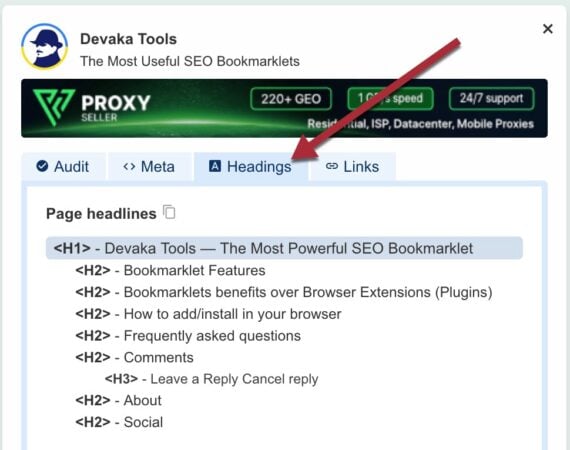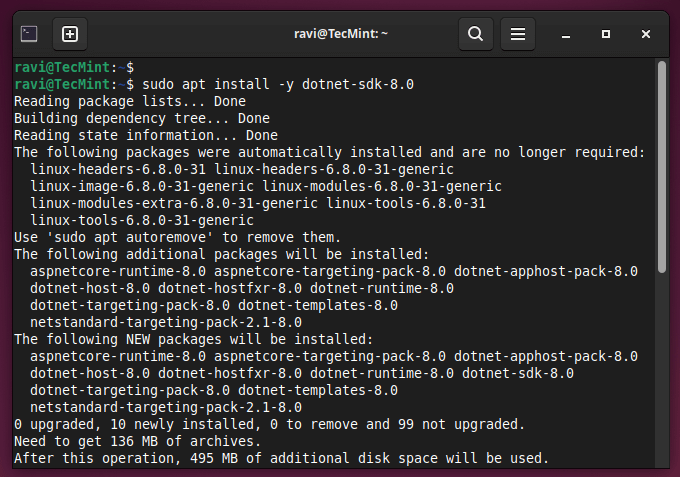
August 15, 2024
Rejection sucks. And for some reason, it’s always unexpected, which makes it feel like an ambush. Being creative is about making yourself vulnerable, and that’s why rejection hurts so much.

As stupid as it sounds, having your work rejected by your boss, tutor, or client can be an overwhelming experience. We might say “OK, no problem.” But we don’t mean it.
In this post, we’re going to explore what creative rejection really means, examine the emotional toll it can take, and most importantly, discuss ways to handle it and grow from it. Whether you’re dealing with your first rejection or have faced many, this guide aims to provide you with insights and strategies to help you persevere on your creative journey.
Understanding Creative Rejection
Rejection is a natural part of the creative process, and understanding why it happens is the first step to handling it better. It’s important to realize that rejection doesn’t reflect your talent or potential. Often, it’s the result of factors beyond your control.
Sometimes, it comes down to timing—your idea might emerge when the market is saturated with similar concepts, or decision-makers may be focused on different trends. Other times, it’s a matter of fit; your style or voice might not align with what a publisher, gallery, or client is looking for at that moment.
Logistics, such as budget constraints or specific project requirements, can also play a role in rejection.
Artistic work is often judged subjectively, which means it can resonate deeply with one person but not with another. This subjectivity is influenced by individual tastes and the broader cultural context.
Trends and cultural shifts also affect what’s considered valuable or relevant, making rejection less about quality and more about timing or context. Just because your work hasn’t found its audience yet doesn’t mean it never will.
There’s a common misconception that rejection equals failure, that if your work isn’t accepted immediately, it’s because you’re not good enough. But the truth is, rejection is a normal, even essential, part of the creative process. It usually takes multiple attempts, revisions, and rejections before your work is refined enough to find its place. Rather than seeing rejection as the end, view it as evidence that you’re actively participating in your creative field—a necessary step toward eventual success.
The Emotional Impact of Creative Rejection
Rejection, especially in creative fields, can feel incredibly personal. Your work is an extension of yourself—your ideas, emotions, and vision. When that work is rejected, it’s natural to feel intense emotions. Learning to manage these feelings is key to continuing on your creative path.
When faced with rejection, the initial response is often emotional. You might feel a sharp sting of disappointment, followed by sadness or frustration. It’s common to question your abilities or feel like an imposter.
Shock is another frequent reaction, particularly if the rejection was unexpected or followed a series of successes. You might feel blindsided, wondering what went wrong or why your work wasn’t appreciated.
Repeated rejections over time can lead to long-term psychological effects, such as self-doubt, which can erode your confidence and make you hesitant to share your work again. This creates a vicious cycle where the fear of rejection stifles your creativity, leading you to play it safe or avoid risks that could help you grow.
Creative individuals often have a strong emotional connection to their work, making rejection feel like a personal slight. This is sometimes referred to as the “creative ego,” where the boundary between creator and creation blurs. When your work is rejected, it can feel as though you’re being rejected as a person.
While this deep connection to your work can drive passion and dedication, it also makes rejection more painful. Recognizing this dynamic and learning to separate your self-worth from your creative output is crucial. Remember, rejection of your work is not a rejection of you as a person.
6 Strategies for Coping with Creative Rejection
While the emotional impact of rejection can be intense, there are effective ways to cope with it and turn rejection into an opportunity for growth. Here are some practical strategies to help you move forward in your creative journey.
1. Reframe the Experience
One of the best ways to cope with rejection is to view it as a learning opportunity rather than a failure. Instead of seeing it as a dead-end, consider it feedback—an indication of where your work might need refinement. Ask yourself, “What can I learn from this?” By shifting your perspective, you can use rejection to improve and grow.
2. Seek Constructive Feedback
Rejections don’t always come with explanations, but when they do, it’s important to seek out and reflect on this feedback. Constructive criticism can offer valuable insights into how your work is perceived and where you can make improvements. If feedback isn’t provided, don’t hesitate to ask for it. Understanding the reasons behind the rejection can help you make informed adjustments and improve future submissions.
3. Build Resilience
Resilience, the ability to recover from setbacks, is essential in creative fields. Building resilience doesn’t mean ignoring your emotions or pretending that rejection doesn’t hurt; it means acknowledging the pain but choosing to keep moving forward.
One way to develop resilience is by cultivating a thick skin—learning not to take rejection personally. This involves detaching your self-worth from the acceptance of your work. Remember, even the most successful creatives face rejection. What distinguishes them is their ability to persist despite it.
4. Maintain Perspective
It’s easy to get caught up in the moment and view a single rejection as a major failure. However, maintaining perspective can help you stay grounded. Remind yourself that rejection is just one part of a much larger process. Consider how many attempts, revisions, and rejections it often takes to achieve success.
5. Create a Support System
Having a strong support system can make a significant difference when dealing with rejection. Participating in creative communities, whether online or in-person, can provide a sense of belonging and support. Sharing your experiences with others who are facing similar challenges can be incredibly validating. Sometimes, just knowing you’re not alone can make rejection easier to handle.
6. Use Rejection as Motivation
Finally, one of the most effective ways to cope with rejection is to use it as motivation for your next project. Channel your emotions—whether it’s frustration, sadness, or even anger—into your work. Many creatives produce their best work from a place of emotional intensity.
Rejection can also be a powerful motivator to set new goals or revisit old ones with renewed determination. Instead of dwelling on what didn’t work, focus on what you can do next. Let rejection push you to explore new ideas, push your boundaries, and continue improving your craft.
By applying these strategies, you can turn the pain of rejection into an opportunity for growth. Handling creative rejection is not just about bouncing back—it’s about using each setback as a stepping stone on your path to success.
Louise North
Louise is a staff writer for WebdesignerDepot. She lives in Colorado, is a mom to two dogs, and when she’s not writing she likes hiking and volunteering.






